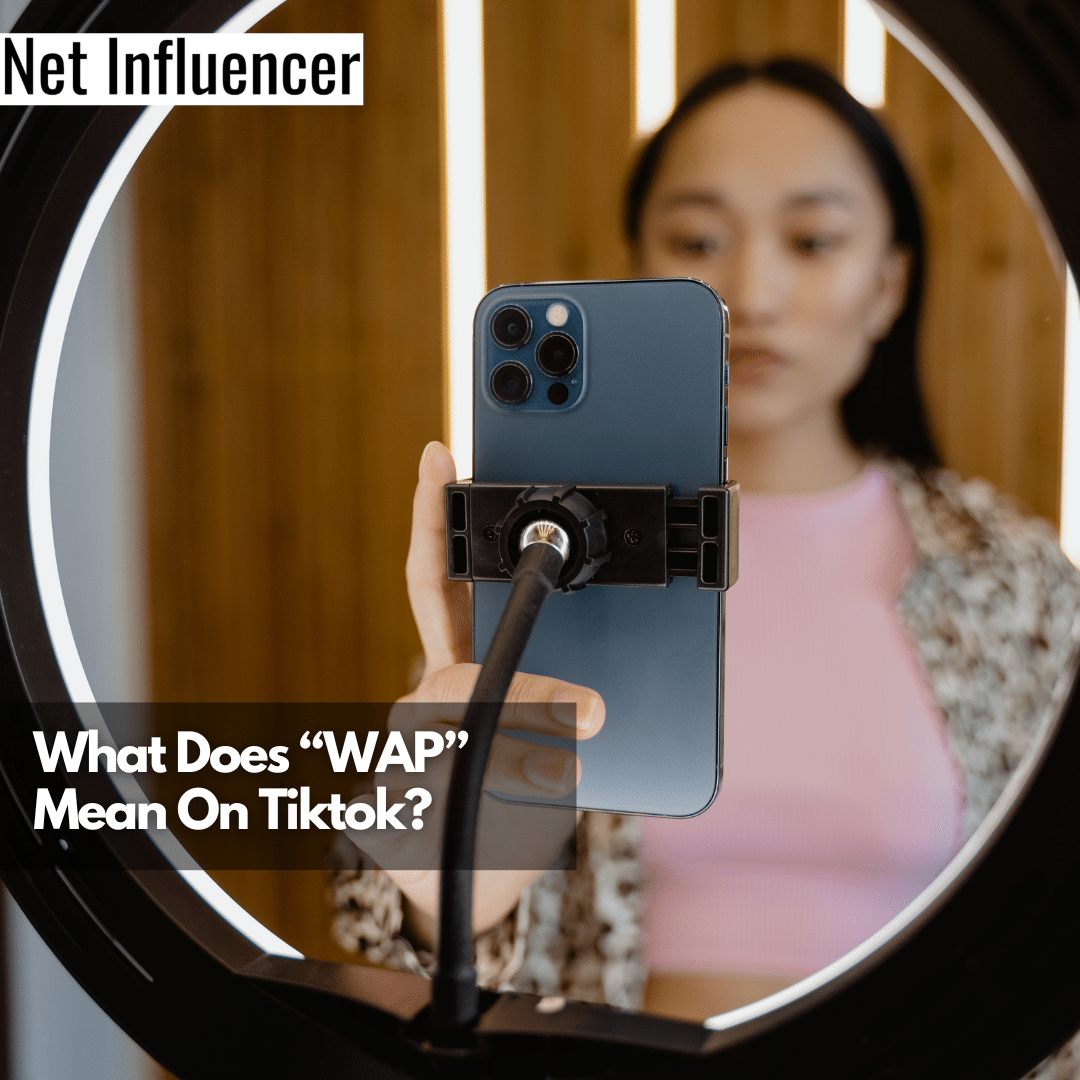Platform
What Does “WAP” Mean On Tiktok?
The Meaning and Usage of ‘WAP’
The acronym “WAP” stands for “wet-ass pussy.”
It was made famous by the song “WAP” by Cardi B and Megan Thee Stallion, which was released in August 2020.
The song’s sexually charged content and dirty lyrics made it a social phenomenon that went viral on several social media sites, most notably TikTok.
WAP is often mentioned in chats, messages, and videos on TikTok to allude to the song or to convey confidence, sexual empowerment, or desire.
Through lip-syncing, dance contests, or humorous performances that mimic or reference explicit song lyrics, users can use this phrase in their TikTok content.
The hashtag “WAP” has also gained popularity, allowing users to find and engage with sexual material.

It’s important to note that the term “WAP” contains strong sexual connotations and is inappropriate for all audiences.
The use of “WAP” can be debatable and susceptible to censorship or content limitations on some platforms.
Compared to “WAP,” other similar words such as “F***” “Pus**” or “Di**” are explicit and sexually charged expressions that are frequently used in social media.
In addition, similar sexual terms may have different labels in different cultures, often with varying degrees of obscenity or explicitness, which may be used in regional social media channels.
When addressing or using such terms, it is important to recognize and respect cultural differences, as they may be understood differently depending on the situation.
The Origin of ‘WAP’
The song “WAP” by Cardi B and Megan Thee Stallion, which was released in August 2020, is where the term “WAP,” which stands for “wet-ass pussy,” first appeared.
Due to the descriptive lyrics and the blunt, unreserved glorification of female sexuality, the song soon became a viral hit.
It sparked numerous debates and discussions, and the term “WAP” became associated with the song.
Over time, the meaning of the term “WAP” has expanded beyond its connection to the song.
It has gained popularity as a slang term, especially in online settings like social media sites.

‘WAP’ is also used by users to convey playfulness, rebelliousness, or a bold and unapologetic demeanor.
It is used to express shattering social taboos, valuing uniqueness, or honoring freedom of expression.
Its impact and reach throughout many online groups have been expanded by its adaptation into viral challenges, memes, and TikTok trends.
‘WAP’ has significantly increased in prominence in English-speaking nations, particularly in the United States, regarding usage and understanding across the globe.
It has also extended to other places and is understood by many people who watch American media because of the song’s widespread appeal and impact on American popular culture.
It’s essential to keep in mind, nevertheless, that the term’s explicitness might restrict its applicability in situations or cultures with more stringent social standards or laws governing sexual content.
How to Use ‘WAP’ in Content Creation
Learning the context and suitability of ‘WAP’ usage is necessary for practical use while creating content for TikTok.
Although it may be a solid and attention-grabbing phrase, it’s crucial to take the platform’s rules and the tastes of your audience into account.
‘WAP’ may be utilized in TikTok content in the following ways:
- Dance challenges
Many users of TikTok make dance challenges inspired by well-known songs, such as “WAP DANCE.”
Users can perform dance routines or make choreography using the exact words of the music as inspiration.

With the song “WAP” as the soundtrack, users can create viral dance challenges and execute the choreography inventively and amusingly.
- Lip-Syncing
Users can lip-synch to certain parts of the song “WAP,” copying the words and facial expressions to demonstrate confidence or amusement.
- Comedy skits
Most TikTokers include the phrase “WAP” as a punchline or an allusion in their comic skits.
These sketches could have exaggerated responses, surprising events, or funny twists connected to the term.
Other users make amusing skits that make fun of the lyrics’ explicit nature or use the phrase to set up comedic situations.
When implementing ‘WAP’ into TikTok content, finding an equilibrium between artistic expression and adherence to community standards is crucial.
Conclusion
To grab attention, capitalize on trends, and demonstrate originality, “WAP” and other slang terms should be used when creating TikTok content.
These terms attract viewers, appeal to music fans who are already familiar with the song, and raise the attention level and relatability of the material.
Integrating “WAP” particularly, into your content may offer several benefits.
The word’s widespread use can make your content stand out, pique curiosity, and boost interaction.
By leveraging the cultural impact of “WAP,” you may develop a connection with a big audience and foster a sense of community.
Using ‘WAP’ can also demonstrate your familiarity with current slang and fashion, which boosts the authority of your writing.
To learn how to experiment with other slang terms and incorporate them into your content, check out the comprehensive colloquial term resources at netinfluencer.com.

















